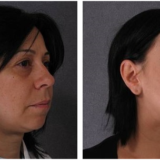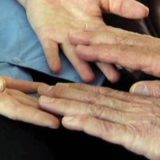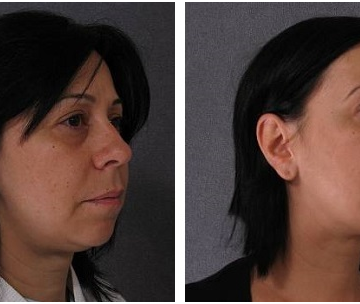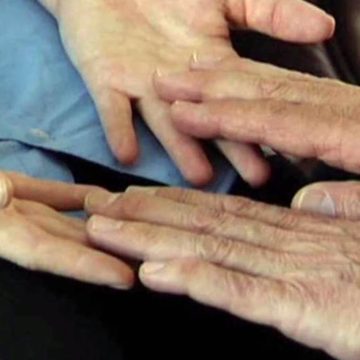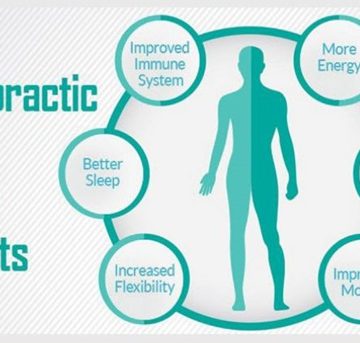A recent article from The Wall Street Journal supposes that within the next few years, something we call “service robots” will begin to overtake many jobs within the healthcare sector. Indeed, the entire medical industry could see an influx of thousands of Synmed robotic assistants to perform a variety of non-consequential “blue-collar” jobs, saving hospitals money and time in the process.
Blue-Collar Robots?
Well, in a word, yes. These systematic robots could serve in a variety of capacities. This might include:
- laundering services
- assembling machines and tools
- cleaning and sanitation
But robots also assist in the medical field by performing certain scientific processes. For example, medical robots are already currently being used in a wide variety of other ways to improve efficiency and cut costs in the medical industry.
EDUCATING and TRAINING DOCTORS
There is a massive difference between learning/studying medicine and actually practicing it. That is why, of course, medical students have to typically do some kind of residency/apprenticeship in a hospital before they can step out on their own. Medical robots, then, can help to further instruct medical students looking to make the often terrifying transition into real world practice, where even simple mistakes can be life threatening.
DISEASE DIAGNOSIS
Diagnostics is, of course, the hardest part of medicine, in most respects. Some conditions share symptoms and sometimes the symptoms do not directly inform of the underlying cause. Robots, then, can assist this process by:
- providing a 3D image of a mass found in breast tissue
- search for aneurysms or tumors
- remote diagnosis
- perform necessary biopsies
PERFORM SURGERIES
Speaking of biopsy, some robots are, in fact, able to perform some surgical procedures. In some ways, this may actually be preferable to the fallible human hand. Surgeries in the brain and the heart, for example, can now be performed without having to make massive incisions, reducing the risk for infection and other problems.
PATIENT REHABILITATION
After an accident or injury a patient undergoes a healing period and then a rehabilitation period. Machines are currently used to help assist in physical therapy, particularly in keeping patients moving when their muscles have atrophied—as this helps encourage blood flow to reinvigorate the muscles.
LIMB RESTORATION
Robotics are also assisting patients with bionic body parts, necessary for limb restoration. Sometimes, robotics can be compatible as a human organ, too. Scientists are currently working on bionic contact lenses, hearts, and other organs.
